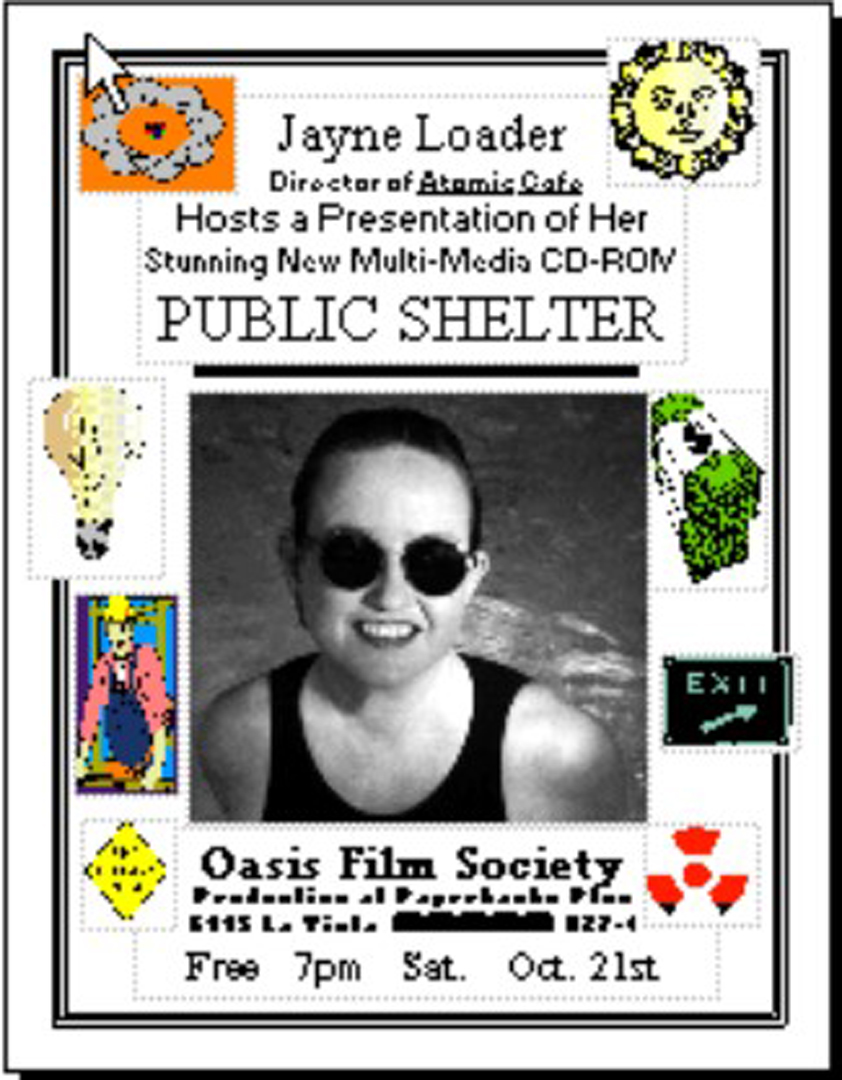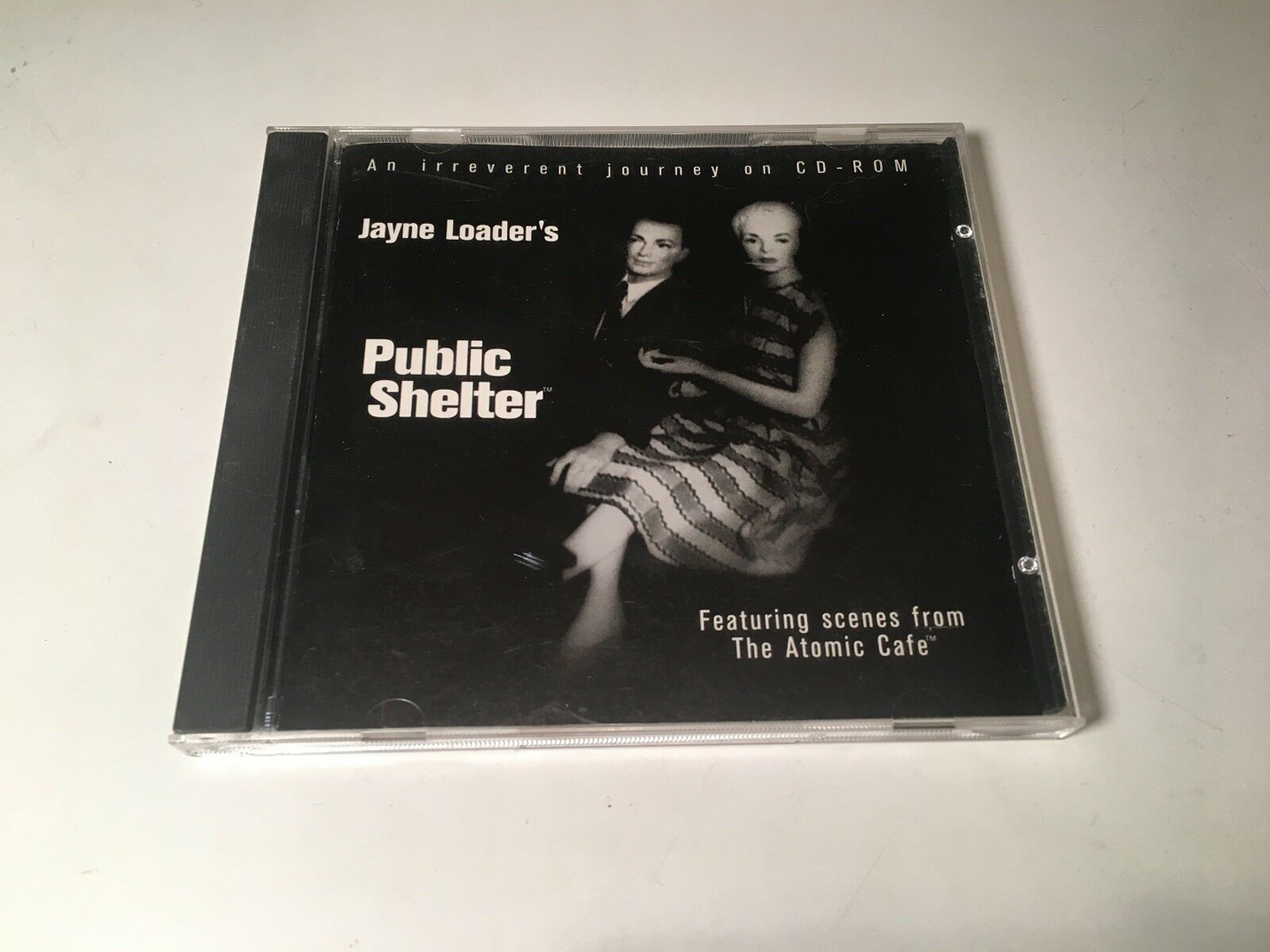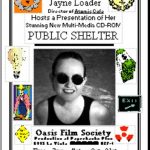Jayne Loader: Public Shelter
Title:
Artist(s) and People Involved:
Exhibiting Artist(s):
Symposium:
Venue(s):
Artist Statement:
Since I started making collages with paper and glue when I was a teenager in Texas–and selling them on the walls of local Mexican restaurants for $50 a pop – I have always been interested in finding images and recombining them in new and different ways, so that the meaning of the new object subverts the meaning of the original image. I have tried to use original documents to tell certain stories, unintended by their original makers. Point of view is expressed by the selection of documents, and their juxtaposition. Not until many years later–when Barbara Kruger reviewed my work in Art Forum–did I learn that the form I was working in was called “appropriation art.” In The Atomic Cafe, we attempted to combine the principles of cinema verite and appropriation art–in the tradition of the great anti-fascist, John Heartfield, and Robert Coover’s The Public Burning– to produce what we used to call “compilation verite.” The images we appropriated were ephemeral films, created by the United States government, designed to make people stop worrying about the atomic bomb and threat of nuclear annihilation. We recombined these images, so that they highlighted the absurdity of the pro-bomb propaganda and also revealed how deathly afraid Americans were of atomic war in the 1950s. In my novels, essays, and short stories, I appropriate (and reassemble) my own life. With my CDROM Public Shelter, I tried to expand this found footage concept to the field of multimedia. The CD-ROM format is ideally suited for this kind of approach and even allows one to expand and elaborate on it with the addition of vast quantities of text. I was thus able to add another layer of content to the mix, along with the sounds, videos, and still photographs which I have worked with in the past. We can now go from the CD-ROM directly into cyberspace with the click of a mouse. The CD-ROM thus becomes merely a starting point for an experience that is completely unique and not controlled by us, the artists. Multimedia is thus a perfect and appropriate venue for both political art and intellectual discourse. Not only is it participatory–by its very nature forcing one to actively engage the material, rather than passively receiving it – but it also allows pauses for thought and reflection. Because they are not limited by time, multimedia artworks can offer complexity and background, both visual and textual. They can deliver whatever it takes to achieve understanding. Producing sites on the World Wide Web allows me to combine my writing, filmmaking and multimedia work with both internal links (hyperfiction) and external links to other Websites. This allows me to expand the concept of appropriation indefinitely, into cyberspace.







